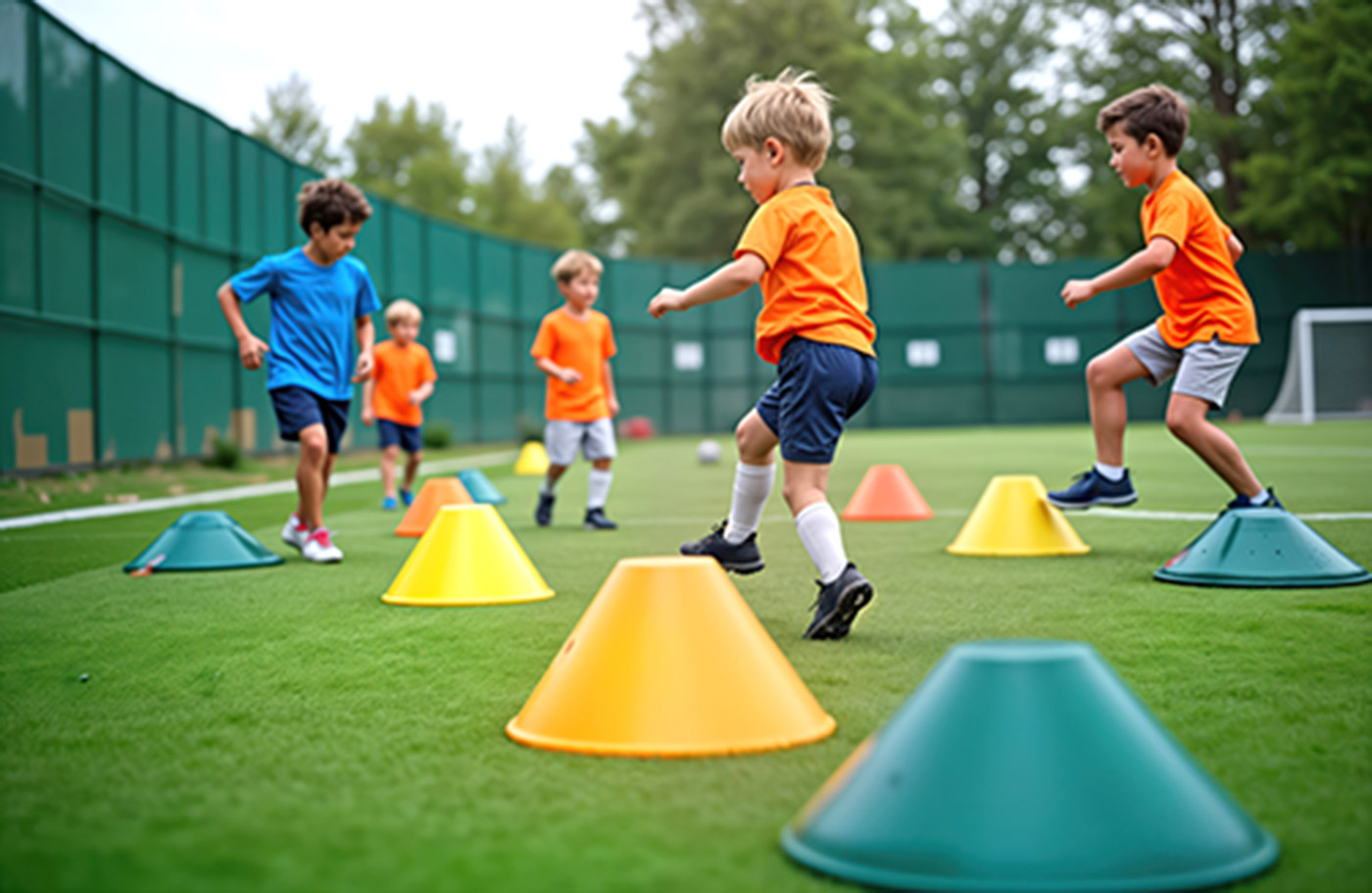Staying physically active offers a wide range of health benefits at any age—but it’s especially crucial during childhood and adolescence. To support healthy growth and development, the American Heart Association recommends that children and teens between the ages of 6 and 17 engage in at least 60 minutes of moderate to vigorous physical activity each day.
By MTT Team
In a world increasingly dominated by screens and digital entertainment, encouraging kids to be active can be challenging. However, with consistent support and creativity, parents and caregivers can help children develop habits that promote lifelong health and enjoyment.
Why Physical Activity Matters for Kids
Just like adults, children benefit greatly from regular physical activity. In fact, being active can help them live longer, healthier lives while reducing their risk for a range of chronic diseases. Some of these benefits might even appeal to kids’ desire to excel and compete.
Physically active children are more likely to have:
- A healthy body weight
- Stronger bones and muscles
- Improved heart and brain health
- Better cognitive abilities, including enhanced memory, attention, and problem-solving
- Higher academic achievement, particularly in math, reading, and writing
- Reduced risk of developing heart disease, diabetes, and certain types of cancer later in life
- Lower stress levels and fewer symptoms of anxiety and depression
- Improved behavior in the classroom
- Better overall mental health, including greater self-esteem and confidence
Encouraging Kids to Stay Active
Kids are naturally full of energy, but as they grow older—especially during adolescence—their activity levels often decline. Girls, in particular, may need extra encouragement to remain active. It’s normal for interests to shift over time, so staying flexible and supportive can help your child explore new activities they’ll enjoy.
Here are some helpful ways to promote physical activity:
- Lead by example. Children are more likely to adopt an active lifestyle when they see their parents doing the same. Make physical activity a family affair.
- Keep it fun. Let kids choose activities they enjoy, whether it’s dance, sports, biking, or simply playing outside. Avoid using exercise as a form of punishment.
- Limit screen time. Reduce sedentary behaviors like watching TV or playing video games. Avoid using screens to occupy your child for long periods.
- Provide active play options. Equip your home with items like jump ropes, scooters, balls, roller skates, or bikes to encourage spontaneous play.
- Encourage structured activities. Support their participation in organized sports, dance classes, swimming, or other active hobbies. Learn about local parks, community centers, pools, and trails where they can be active.
- Choose active transportation. When it’s safe, allow your child to walk or bike to school, the park, or a nearby friend’s house instead of always driving.
- Start slow if needed. If your child isn’t very active now, begin with shorter periods of light activity and gradually build up intensity and duration over time.
- Celebrate progress. Offer praise and positive reinforcement to motivate them and acknowledge their achievements.
What If My Child Has Special Needs or Is Overweight?
Every child deserves to be active—regardless of their physical abilities, coordination challenges, or weight. In fact, physical activity can offer even more benefits for children with disabilities or weight-related concerns by improving both their physical health and emotional well-being.
Work with your child’s healthcare provider to find safe and appropriate forms of activity. Most importantly, encourage and support your child’s efforts, and take time to celebrate their successes—big or small.
